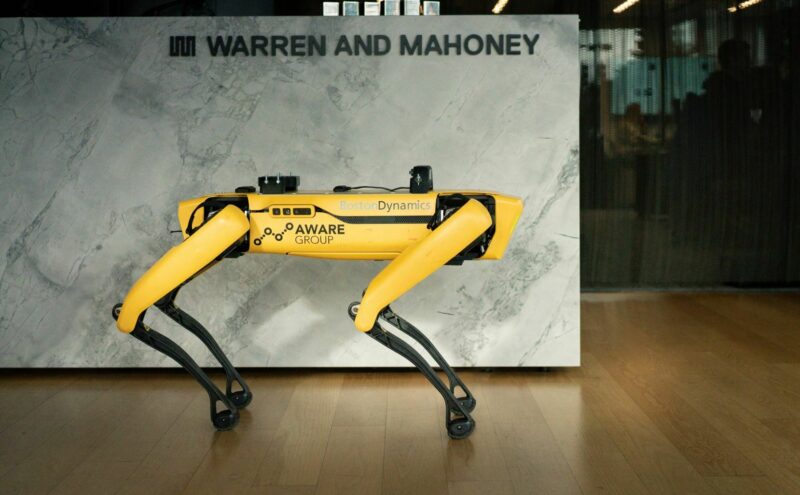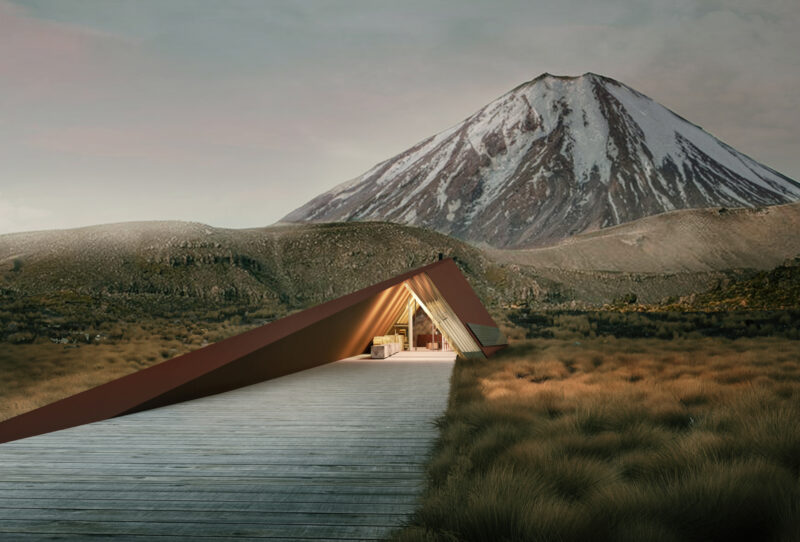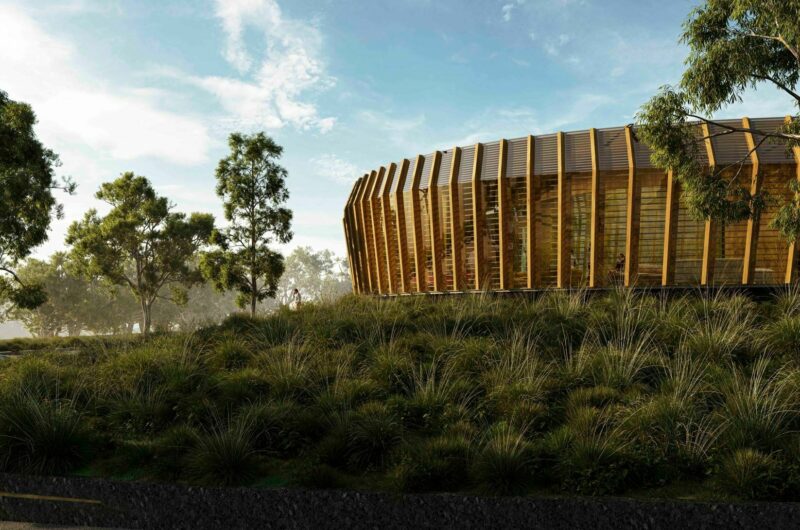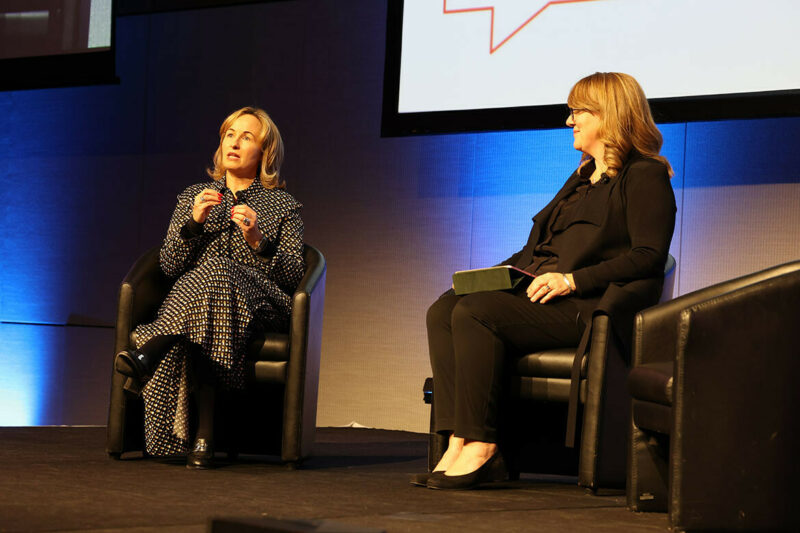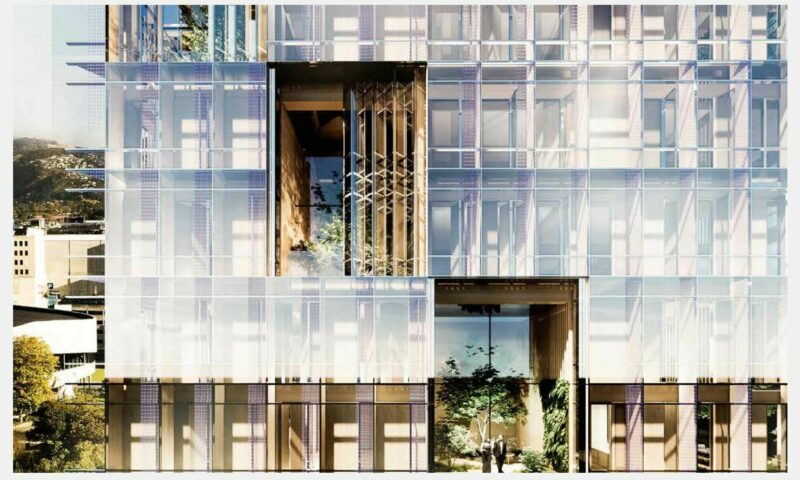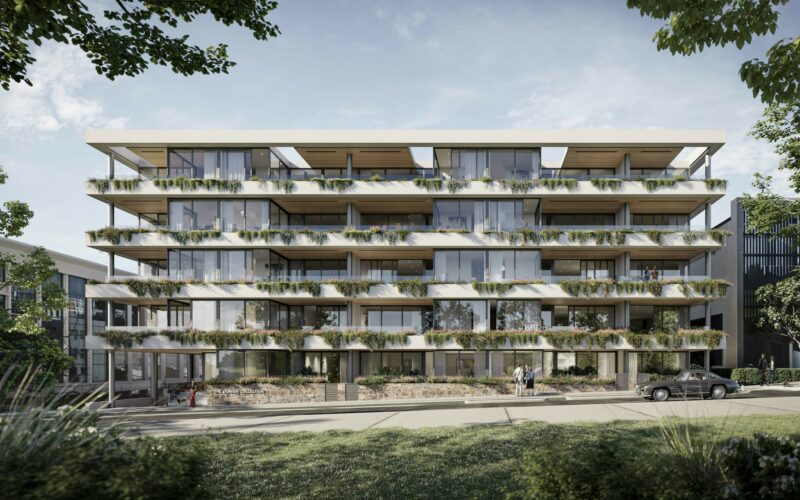What drives the architecture of Christchurch’s new buildings? Richard McGowan explains.
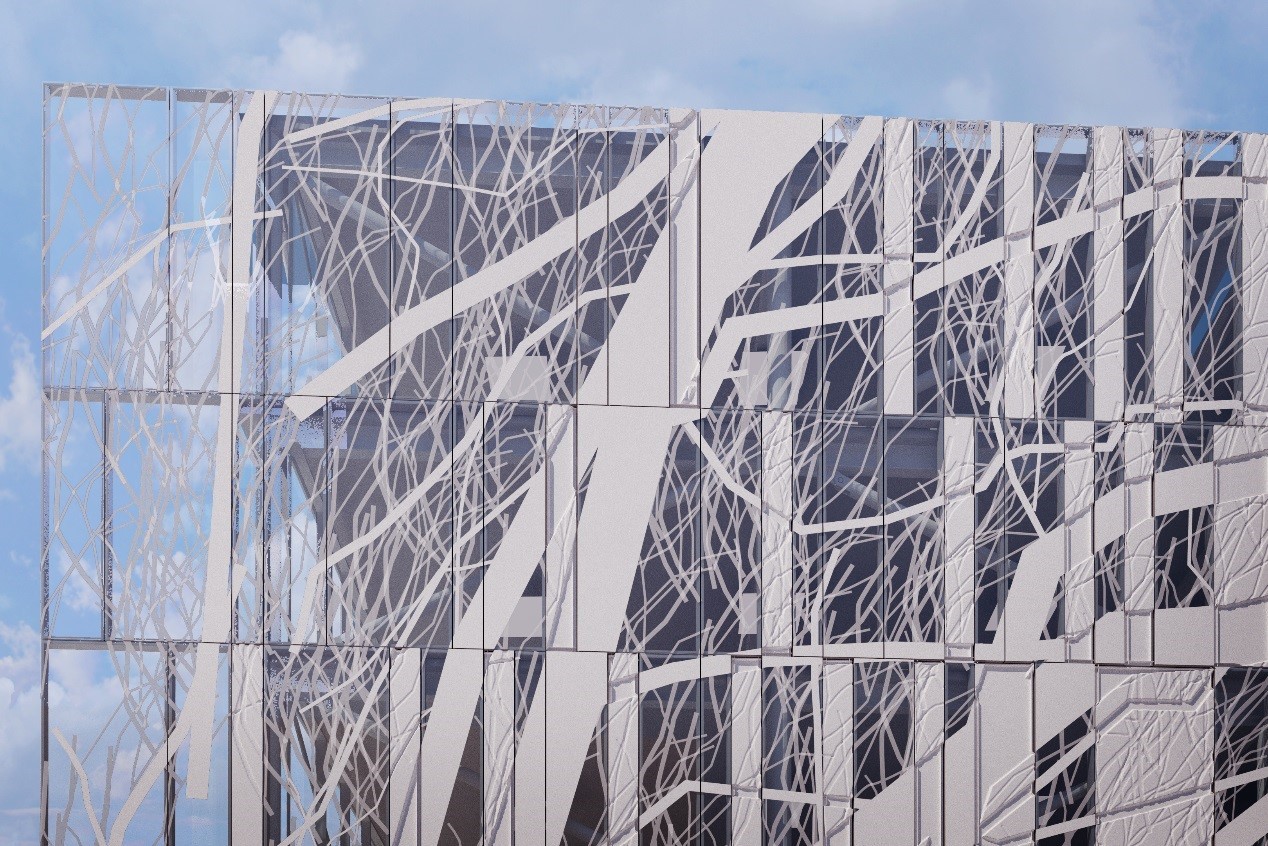
What will the new Christchurch look like? Will it be a city of clean, sweeping curves, modernist and minimalist, a Gattaca for our times, or will we see a renaissance of outwardly-traditional structures? Will Christchurch be a mini-Melbourne or a maxi Ashburton?
The only thing we can be sure of is that Christchurch of the future will look very different from Christchurch of the past.
There has been recent debate about the apparent ugliness of new buildings proposed for Christchurch. It seems that while we are not slow to embrace a new car (or a new phone), for buildings there is still comfort in the familiar forms of the past and, perhaps unsurprisingly, new models can seem strange or disconcerting.
What has been missing from those conversations is consideration and understanding of the influences that lead to these new forms. Why are those buildings so boxy?
It is perhaps timely to shed some light on what formative influences are acting on buildings right now.
Substance and substantial
As architects working today, we know that an understanding of how architecture responds to real-world constraints within an economic and social context is essential in evaluating new buildings. They are not arbitrary forms; rather they are crafted in response to financial, commercial and technological influences, often in clever and innovative ways. These buildings are new models for a changed world.
This isn’t to argue that every proposed building for Christchurch will be a design standout (or a design mediocrity) but understanding the foundation influences that shape them is important for the conversation to be an informed one. So, what are these influences?
In the past, buildings were generally commissioned in times of prosperity. We can read our cities as markers of good times – steady economic growth between 1890 and 1910, the post-war wool boom, the flashy 1980s and prosperous early 2000s – all shaping our cities. In times of recession, by contrast, building all but ceased.
And yet, in the wake of the Global Financial Crisis, in a period of austerity, we are beginning one of the most significant building programmes in New Zealand’s history. This alone will influence the execution and appearance of our buildings.
Other, less obvious drivers will affect building appearance. In previous decades, institutions of substance, such as banks, insurers and churches, constructed buildings to match their aspirations and positioning. Conversely, any hint of lightweight impermanence would adversely affect the perception of substance.
As we know, in the 1880s the initial proposal for the Christ Church Cathedral was rejected because a timber design wasn’t seen as sufficiently substantial: Cathedrals must be stone. The twist, more recently, is that the earthquakes have revealed heavyweight “permanence” to be a misnomer.
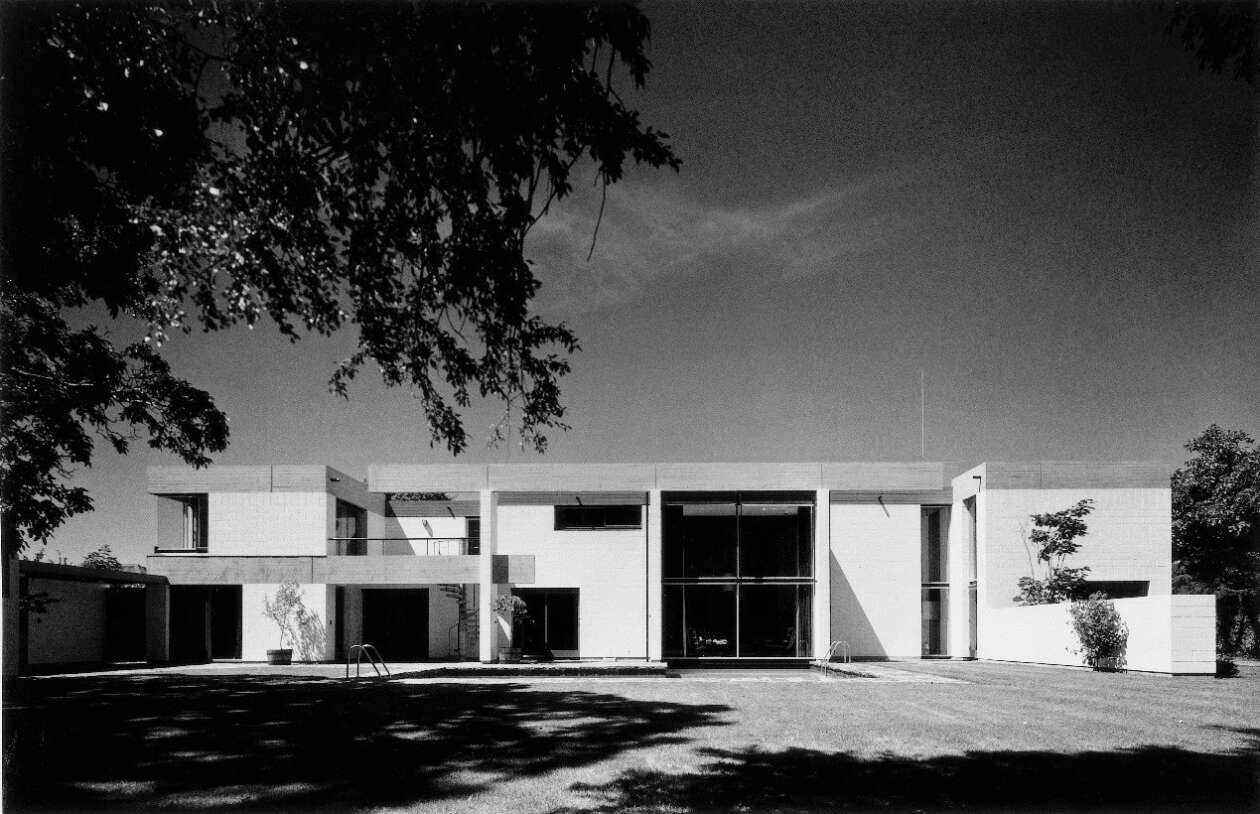
Corporate aspiration has already reacted accordingly. New buildings are responding to these new influences. And if we design from new first principles, addressing new influences, naturally the ideas and forms will look progressively unlike previous models. When considering future Christchurch, we should certainly expect different.
Building in New Zealand once took advantage of inexpensive skilled labour coupled with relatively inexpensive materials. Today we are faced with a market in which both materials and labour now carry a very high cost. Like-for-like comparisons inevitably reveal a less-for-more cost structure. This will inevitably affect how buildings are designed.
For a moment, let’s consider examples beyond buildings. An ultra-desirable 2013 Bentley Mulsanne, while still luxurious and bespoke, is far less expensive to produce than it once was – the truly hand-crafted build of ten years ago has been replaced with new Audi-derived manufacturing processes that streamline production. High labour and fabrication costs have, by necessity, reshaped the delivery of the product. The core values remain, but to preserve viability, fabrication and assembly have undergone major adjustment.

And other influences have other outcomes: while the contemporary Bentley’s design responds in part to economic pressures, other design outcomes respond to changing technologies. Consider the new and sinister silhouette of US unmanned drones - invisible to radar detection, devoid of a pilot; a drone's external form has morphed into something significantly different from even the most recent combat aircraft. Once again, a new input generates a new output.
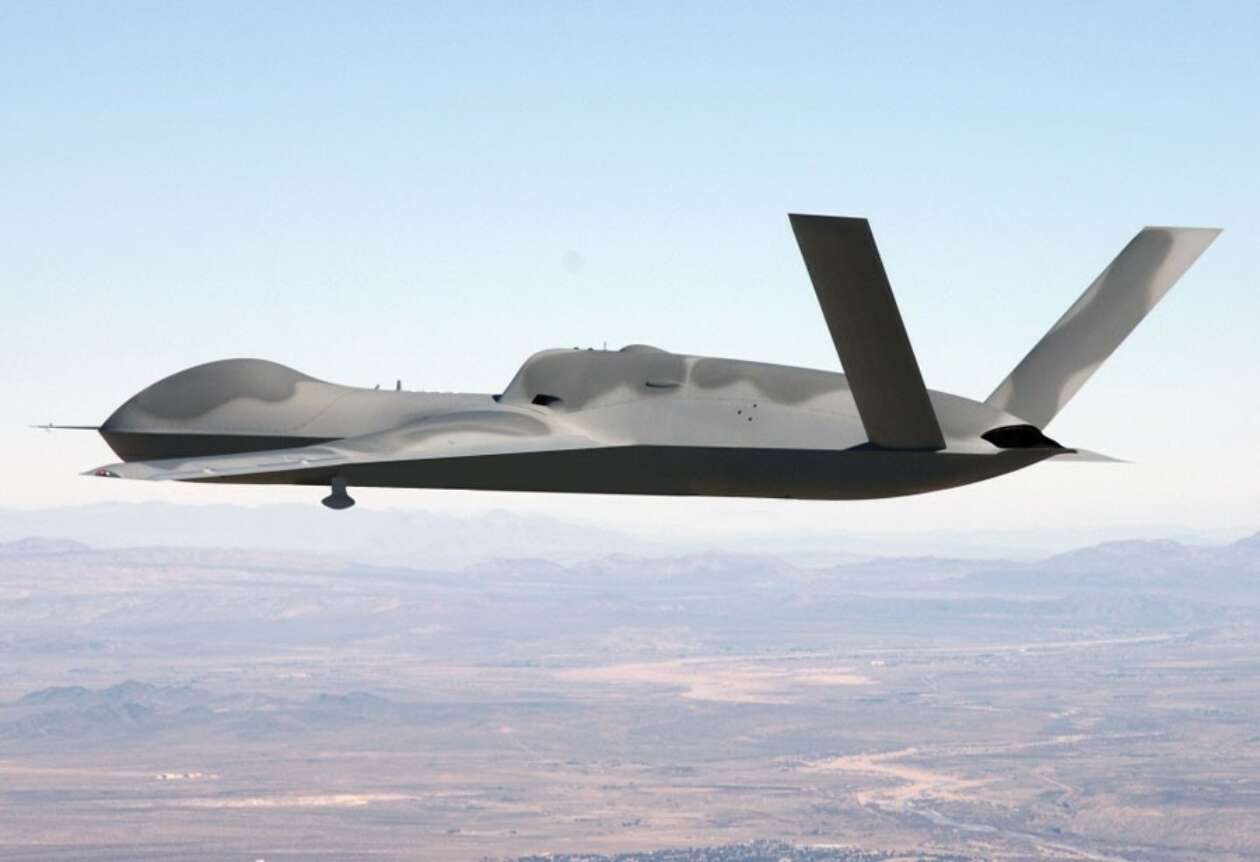
Lightness and speed
Lightness and speed are the two key drivers that most influence contemporary building design. We understand this innately in sport: the radical skeletal form of America's Cup AC73 boats is an outcome of a desire to strip away mass and yet make the structure as strong as possible. Unsurprisingly, those same drivers are shaping our buildings.
Seismic requirements favour lightweight structures. Additional weight brings additional cost; by reducing the mass of a building's superstructure, we also reduce its seismic load, and consequently reduce its foundation cost. This realignment in itself has a significant impact on the appearance of new buildings. We might very well observe that for the new Christchurch: “thin is in”.

Building occupants - especially those who have lived through the earthquakes - are wary of heavy masonry. We feel more confident of seismic durability when structure is clearly shown, and easily accessed for repair. We also desire more naturally-lit workspaces, which modern glazing technology can provide. More subliminally, we have a growing expectation for transparency, openness and connection in our offices and business dealings. It is unsurprising, then, that an aesthetic of lightness now has currency on a number of levels.
Reducing the high cost of buildings also favours designs that are quick to build and construction methods that promote speed. It may not be apparent to the layman, but building cost is directly related to time on site in today's high-cost labour market. Reduced site time equals reduced labour cost. So, like all volume manufacturing, building is embracing mass-production techniques.
While there is no question that the unique features of each site will continue to require tailored design solutions, adoption of unitised, prefabricated, modular elements, made off-site and erected as sub-assemblies, will significantly influence the design of new commercial buildings.
Other technologies respond similarly to new influences. Modern glazing systems allow building facades to be considered as high-performance skins, giving more options for a truly integrated building envelope. So, too, are structural and construction solutions that favour low-damage design, allowing building owners to recover more easily (and quickly) from seismic events.
How might these influences affect the appearance of buildings? For structure, we can predict that lightweight prefabricated frames in steel or timber will be increasingly used in lieu of heavy concrete frames and shear walls. Claddings will be more lightweight, too, and again fabricated off-site as far as possible. Applied decoration (including dramatic roof forms) will inevitably be reduced or eliminated due to cost, leaving the expressed structure as the architecture.
This structure - emphatic seismic bracing and visible low-damage connections - will illustrate the strength and durability of the building and permit easier maintenance and repair.
Looking forward
There is, rightly, much hope and optimism that Christchurch's tragedy can be recast as an opportunity. I emphatically share that optimism and see the potential of the city blueprint as both pragmatic and visionary. There is no question that an attractive and bold city can emerge. But we must understand that the city's aspiration for quality and its (in)ability to pay for it remains a fundamental concern.
As architects, we see this disconnect as critical - an invisible gap between what is expected and what is possible, which in some instances may not be able to be bridged.
The secret to success for rebuilding in Christchurch will be a clear understanding of what we want to achieve, what is achievable, and how best to achieve it within limited means.
Clever design, embracing these new requirements and making the most of new opportunities that technology offers us, will give us high quality buildings that are good spaces to live and work in, that are durable and flexible, and by necessity, affordable.
But they will not look like those buildings they replace. They will be different, necessarily so. And embracing those differences, understanding the reasons for new forms, will go far in bringing our hopes for architectural outcomes and our means to achieve them closer together.


